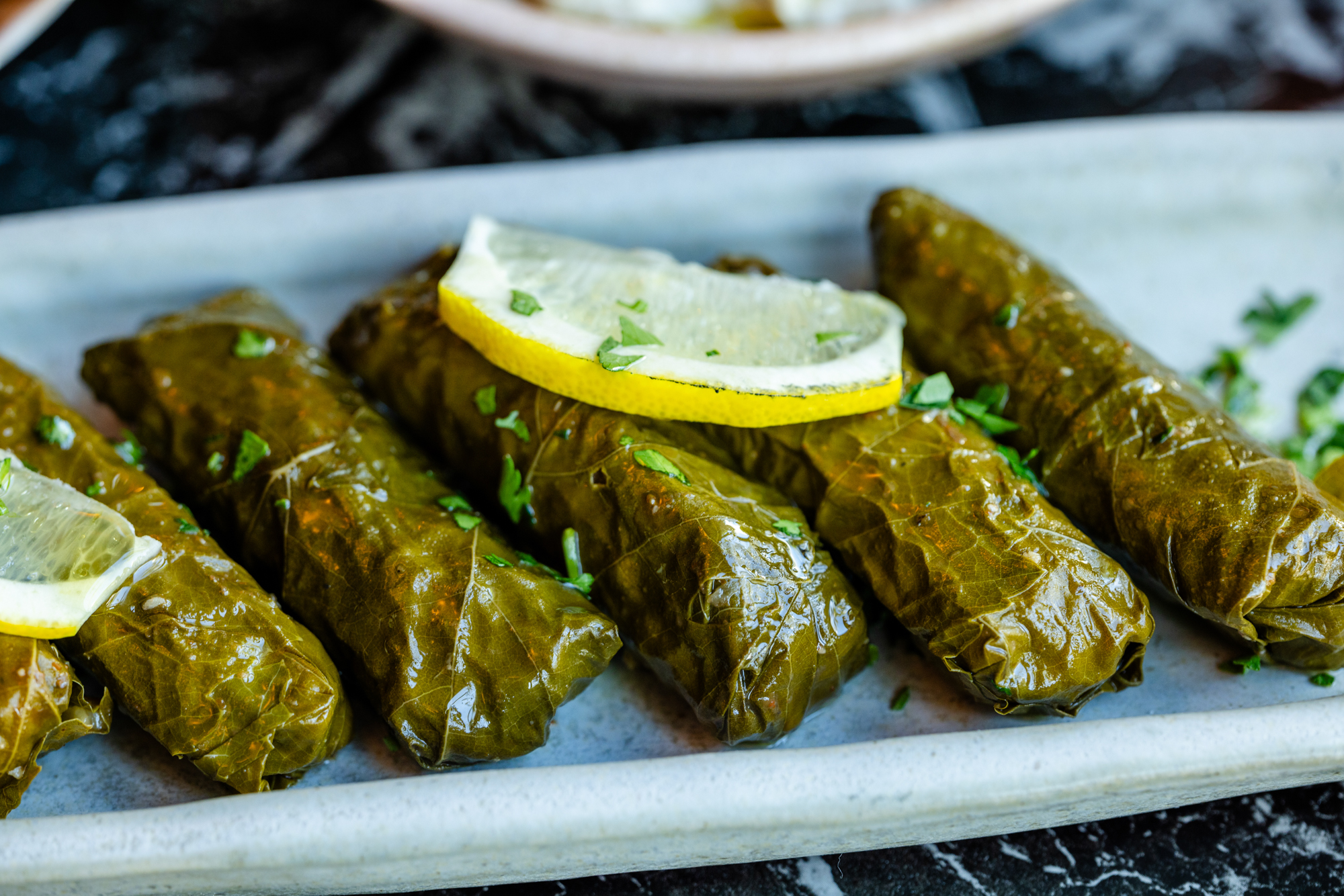How to Make Grape Leaves: A Timeless Mediterranean Tradition
Stuffed grape leaves, also known as dolma, are a beloved dish found across Mediterranean and Middle Eastern cuisines. While the exact origins are debated, many historians trace their widespread popularity back to the Ottoman Empire, where grape leaves were used to create elaborate, flavorful dishes for both royalty and commoners. In this article, we’ll explore the historical roots of this dish, walk through how to make grape leaves at home, and provide tips for finding fresh grape leaves near me.
A Glimpse into Ottoman Culinary History
During the Ottoman Empire, cuisine played a major role in showcasing cultural diversity and regional ingredients. Stuffed grape leaves were not only a staple in royal feasts but also found on the tables of working-class families. The concept of wrapping ingredients in leaves can be traced even further back to ancient Greek and Persian traditions. However, the Ottomans refined and popularized this dish across their vast territories, adapting it with spices, rice, lamb, and herbs depending on the region.
Ingredients and Preparation: How to Make Grape Leaves the Traditional Way
If you’re wondering how to make grape leaves in an authentic and satisfying way, it starts with high-quality ingredients and careful preparation.
Ingredients:
- 1 jar or bundle of fresh grape leaves (blanched if preserved)
- 1 cup rice (short grain preferred)
- 1 onion, finely chopped
- 1 bunch fresh dill, parsley, and mint (chopped)
- Juice of 2 lemons
- 1/4 cup olive oil
- Salt and pepper to taste
Instructions:
Prepare the Leaves: If you are lucky enough to find fresh grape leaves near me, rinse and blanch them in boiling water for 2–3 minutes to soften. If using jarred leaves, soak in water to remove excess brine.
Make the Filling: In a bowl, mix uncooked rice, herbs, onions, lemon juice, olive oil, salt, and pepper.
Stuff and Roll: Lay a leaf flat, vein-side up. Place a spoonful of filling near the stem and fold in the sides, then roll tightly.
Cook the Rolls: Line a pot with extra grape leaves to prevent sticking. Place the rolls seam-side down. Cover with water and a plate to keep them in place, then simmer for 40–50 minutes.
And just like that, you’ve learned how to make grape leaves with a recipe rooted in centuries of culinary tradition.
Where to Find Fresh Grape Leaves Near Me
Locating fresh grape leaves near me can sometimes be a challenge, especially outside Mediterranean markets. Local farmers’ markets, international grocery stores, or Middle Eastern delis are usually reliable sources. If you’re unable to find them fresh, high-quality jarred grape leaves can still yield delicious results.
For those in the Miami area, Babylon South Beach offers a variety of Mediterranean dishes, including stuffed grape leaves, in an authentic coastal setting. You can explore their full menu or make a reservation to experience these flavors first-hand.
Tips for Making the Perfect Stuffed Grape Leaves
If you’re diving deeper into how to make grape leaves like a pro, here are some expert tips:
- Don’t overfill the leaves — the rice expands while cooking.
- Use a plate to weigh down the dolmas while they simmer to keep them intact.
- Let them cool to room temperature before serving — they taste best slightly chilled.
- Pair with a side of yogurt sauce or lemon wedges for added brightness.
Whether served as an appetizer, side, or main dish, this meal always brings people together..
Cultural Significance of Grape Leaves Across Regions
Stuffed grape leaves are known by various names: yaprak sarma in Turkey, dolmades in Greece, and wara’ enab in the Arab world. While the fillings and spices vary, the shared love for this dish remains. In fact, UNESCO has recognized dolma as an Intangible Cultural Heritage in Azerbaijan and Turkey — a testament to its historical and cultural significance.
To learn more about the broader cultural and culinary legacy of dolma in the Ottoman Empire and beyond, this academic overview of Ottoman cuisine provides historical insights that complement your cooking journey.
Why This Recipe Still Matters
Learning how to make grape leaves is more than just following a recipe — it’s about connecting with centuries of history and honoring a dish that transcends borders. Whether you’re introducing it to new guests or recreating your grandmother’s version, every roll tells a story.
So next time you’re searching for fresh grape leaves near me, remember: you’re not just preparing food — you’re preserving a cultural tradition.
